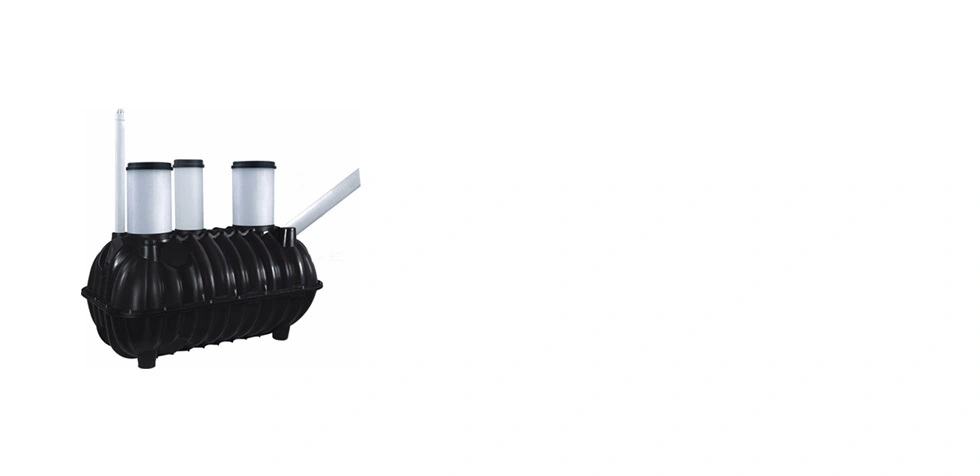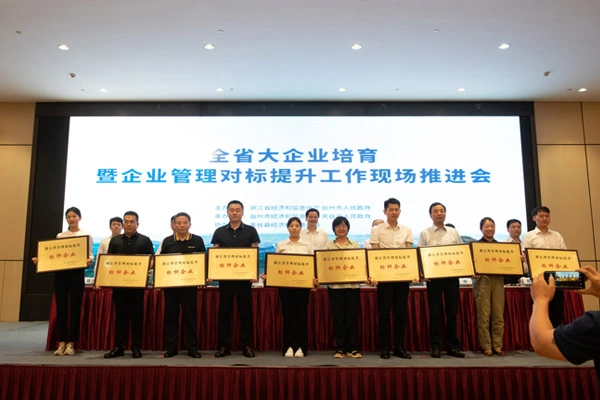In the relentless pursuit of building safety and resilience against seismic events, engineers and architects continually seek innovative solutions. Hysteretic dampers, a cutting-edge technology in earthquake engineering, have emerged as a game-changer.
Before delving into their use, let's first understand what hysteretic dampers are. Hysteretic dampers are sophisticated devices designed to control and dissipate seismic energy. They are often installed in structures to mitigate the impact of ground motion during an earthquake. These dampers work by converting the kinetic energy generated by seismic activity into heat, thus reducing the forces transmitted to the building.
1. Enhancing Structural Resilience
One of the primary uses of hysteretic dampers in earthquakes is to enhance the structural resilience of buildings. When seismic forces strike a building, the dampers absorb the energy, preventing it from causing excessive deformation or damage. This ensures that the structure remains intact and safe for occupancy even after a significant earthquake event. Hysteretic dampers are particularly valuable in regions prone to frequent seismic activity.
2. Improved Occupant Safety
The safety of building occupants is a paramount concern during earthquakes. Hysteretic dampers play a crucial role in this aspect by reducing the lateral movement and sway of a building. This minimizes the risk of injuries and ensures that people inside the structure can safely evacuate during an earthquake. The use of earthquake shock absorbers for buildings like dampers offers peace of mind to occupants and building owners alike.
3. Preservation of Structural Integrity
Preserving the structural integrity of a building is essential to avoid costly repairs and ensure the longevity of the structure. Hysteretic dampers contribute significantly to this by controlling the deformation and preventing permanent damage. This means that even after an earthquake, the building can continue to function as intended without the need for extensive repairs or retrofitting.
4. Versatile Application
Hysteretic dampers are versatile in their application. They can be integrated into various types of structures, including commercial buildings, residential complexes, bridges, and industrial facilities. Their adaptability makes them a valuable asset in retrofitting existing structures or incorporating seismic resilience into new construction projects.
In the quest for earthquake-resistant structures, hysteretic dampers have proven to be a powerful and effective tool. Their ability to dissipate seismic energy, enhance structural resilience, improve occupant safety, preserve structural integrity, and their versatile application make them a vital component in earthquake engineering. As technology continues to advance, integrating hysteretic dampers into building designs and retrofitting projects represents a proactive step towards creating safer and more resilient structures in earthquake-prone regions.
 Natural Rubber Bearing
Natural Rubber Bearing
 Lead Rubber Bearing
Lead Rubber Bearing
 High Damping Rubber Bearing
High Damping Rubber Bearing
 Elastic Bearing
Elastic Bearing
 Friction Pendulum Seismic Isolation
Friction Pendulum Seismic Isolation
 Simple Support For Village And Town Houses
Simple Support For Village And Town Houses






















